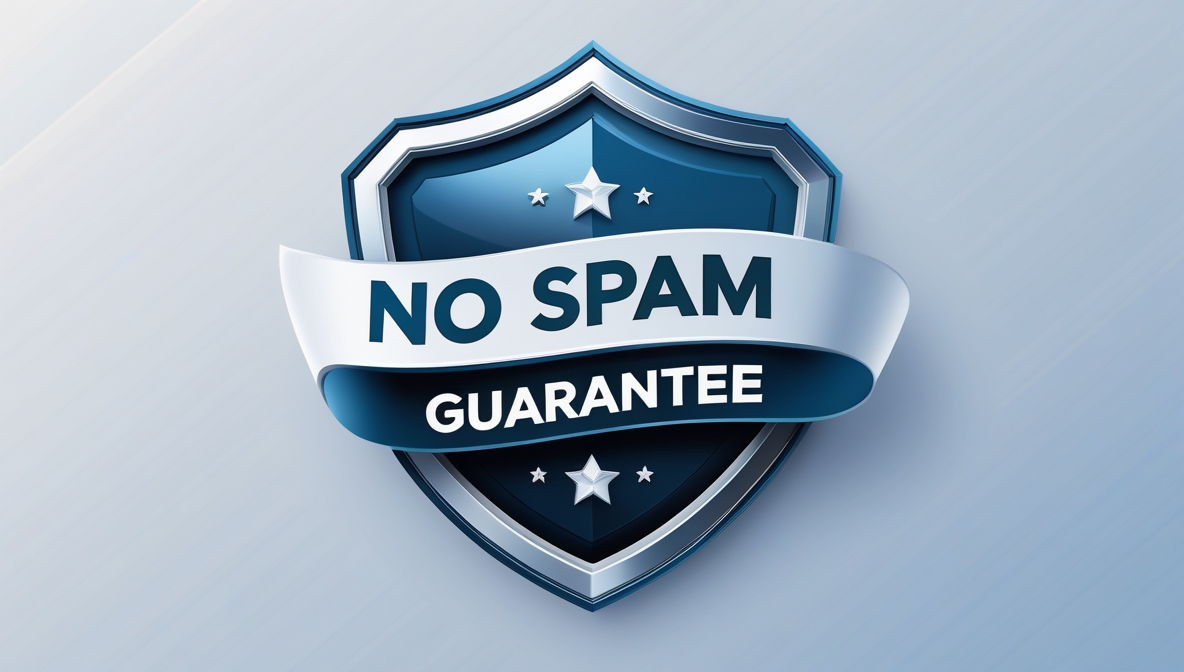The Application Rationalization Process Model is a structured framework that enables IT leaders to systematically evaluate, streamline, and optimize their application portfolios. Aligned with recognized standards such as Technology Business Management (TBM) and the Tolerate-Invest-Migrate-Eliminate (TIME) model, it provides a practical method for aligning applications with business value, technical health, and total cost of ownership (TCO).
Its strength lies in integrating governance, financial insight, and application assessment into a cohesive decision-making process. The model supports efforts to reduce redundancy, eliminate technical debt, and prioritize modernization initiatives that advance organizational goals.
Featuring real-world examples, detailed scoring criteria, and guidance for sustainable implementation, this process model offers a scalable foundation for long-term portfolio management. Developed with input from experienced IT practitioners and grounded in widely adopted methodologies, it delivers a credible, actionable resource for enterprise-wide optimization.
This Will Help You…
This process model bridges the gap between high-level portfolio strategy and operational execution, offering a repeatable model that supports modernization, cost optimization, and enterprise-wide IT governance. Designed for adaptability across industries and organizational structures, it serves as both a decision-making aid and a foundation for sustainable transformation.
- Establish Governance and Buy-In:
Clear steps for setting scope and forming cross-functional governance teams help you create a structured decision-making environment that fosters alignment across business, IT, finance, and cybersecurity. - Build and Validate a Centralized Application Inventory:
The detailed inventory process, including questionnaires and validation methods, enables you to create a trusted baseline of application data — a prerequisite for effective rationalization and ongoing IT asset management. - Score Applications Based on Business Value, Technical Fit, and TCO:
The integrated scoring model helps you prioritize modernization, retirement, or investment decisions by linking each application to business goals, technical health, and cost impact. - Identify Redundancies, Risks, and Optimization Opportunities:
Dependency mapping and duplication analysis allow you to uncover overlapping systems and fragile integrations, supporting decisions that reduce risk and improve resilience. - Plan Hosting Strategies and Cloud Transitions:
Guidance on evaluating current-state and future-state TCO, along with hosting alternatives, supports cost-effective migration planning and cloud strategy development. - Drive Sustainable Change with Migration and Workforce Planning:
The model’s emphasis on change management, training, and communication planning helps you lead successful transitions and retain institutional knowledge across modernization efforts.
By linking each component of the rationalization process to tangible deliverables — from an authoritative application inventory to a targeted migration roadmap — this model enables you to move from data collection to strategic execution.

